Nature’s hierarchies are complex and fascinating. At the pinnacle of these intricate systems, we find apex predators – the rulers of their domains. These remarkable creatures have no natural predators of their own, shaping the world around them through their hunting prowess. From the depths of the oceans to the heights of mountain ranges, these animals command respect and awe. Their presence is vital for maintaining the delicate balance of ecosystems worldwide. Join us as we explore 15 of the most impressive creatures that sit atop their respective food chains.
Killer Whale
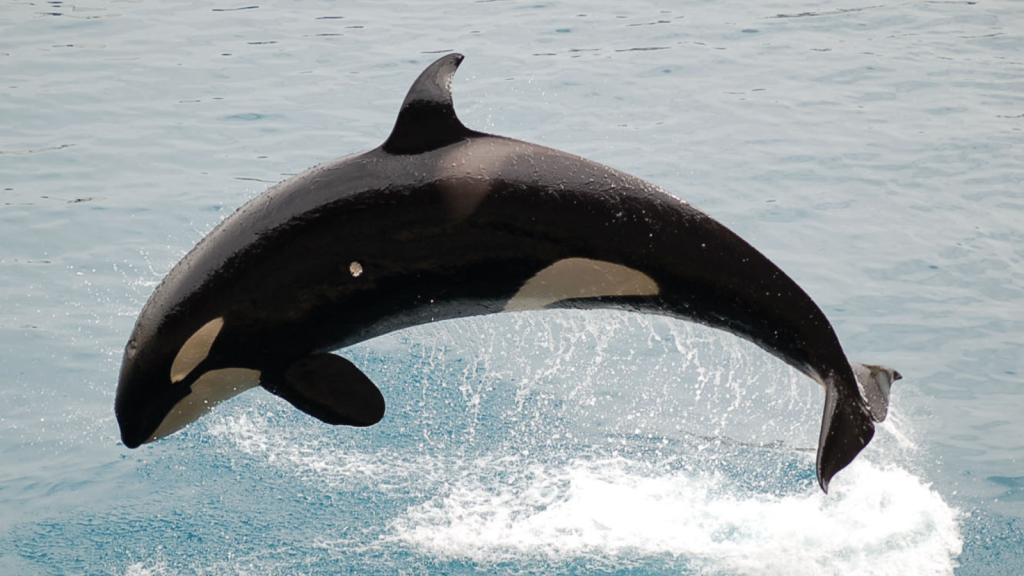
Killer whales, also known as orcas, reign supreme in the oceans. These intelligent marine mammals hunt in packs, taking down prey as large as great white sharks and even blue whales. Their sophisticated hunting techniques and strong social bonds make them formidable predators in any marine environment they inhabit. Orcas are also known for their distinct dialects, with different pods using unique vocalisations to communicate and coordinate their hunts.
Saltwater Crocodile
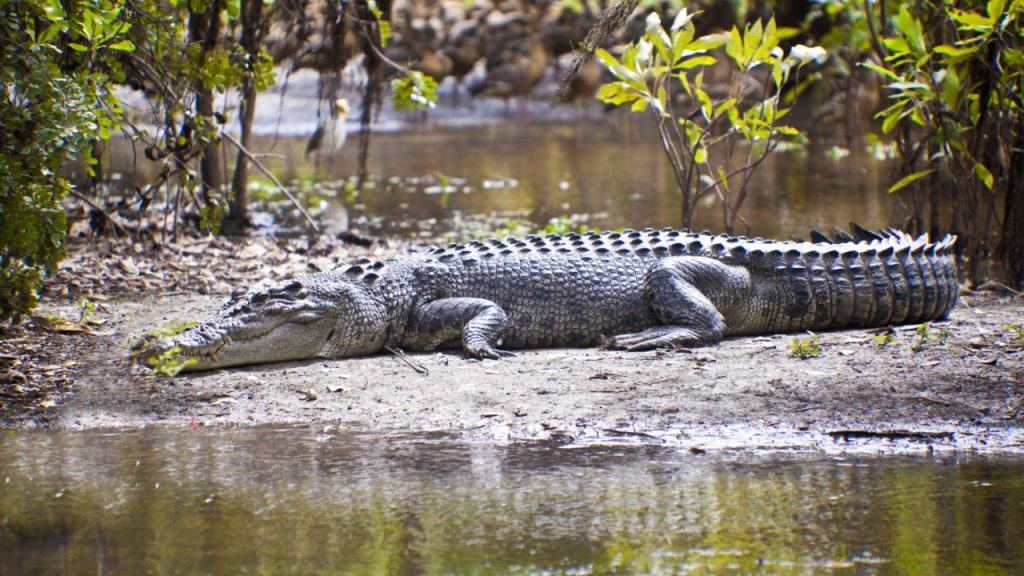
The largest living reptile, the saltwater crocodile, is a fearsome predator of both land and water. These ancient beasts can grow up to 7 metres long and have the strongest bite force of any animal alive today. They’re known to prey on everything from fish to water buffalo, and even sharks when the opportunity arises. Saltwater crocodiles are excellent swimmers and can traverse long distances in open ocean, allowing them to colonise new territories across the Indo-Pacific region.
Polar Bear
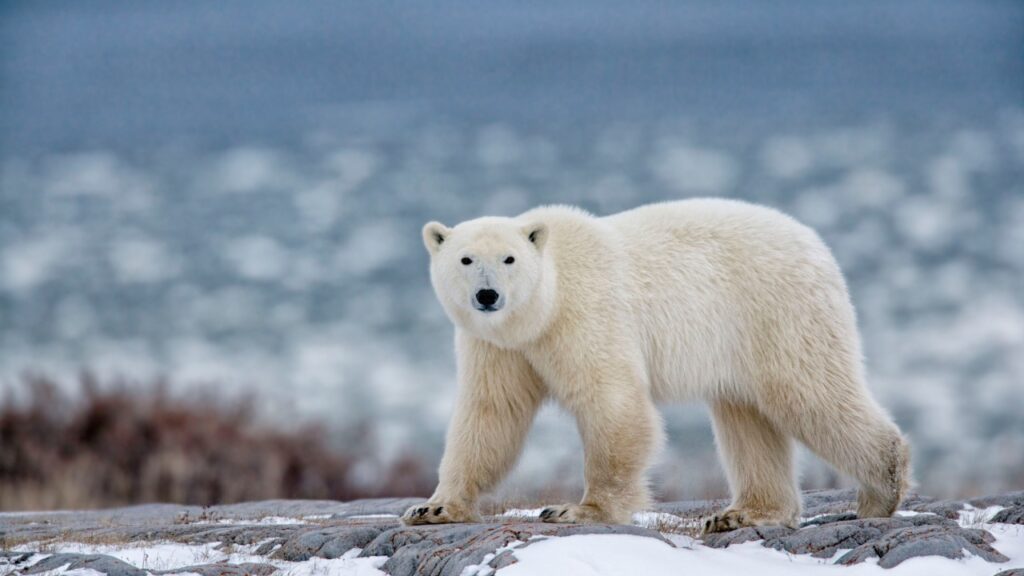
As the Arctic’s top predator, polar bears have adapted perfectly to their harsh environment. Their thick fur and layer of blubber keep them warm in freezing conditions, while their powerful bodies allow them to swim long distances between ice floes. They primarily hunt seals but will also tackle larger prey like walruses when necessary. Polar bears have an incredible sense of smell, capable of detecting seals up to 1.6 kilometres away and under 1 metre of compacted snow.
Tiger
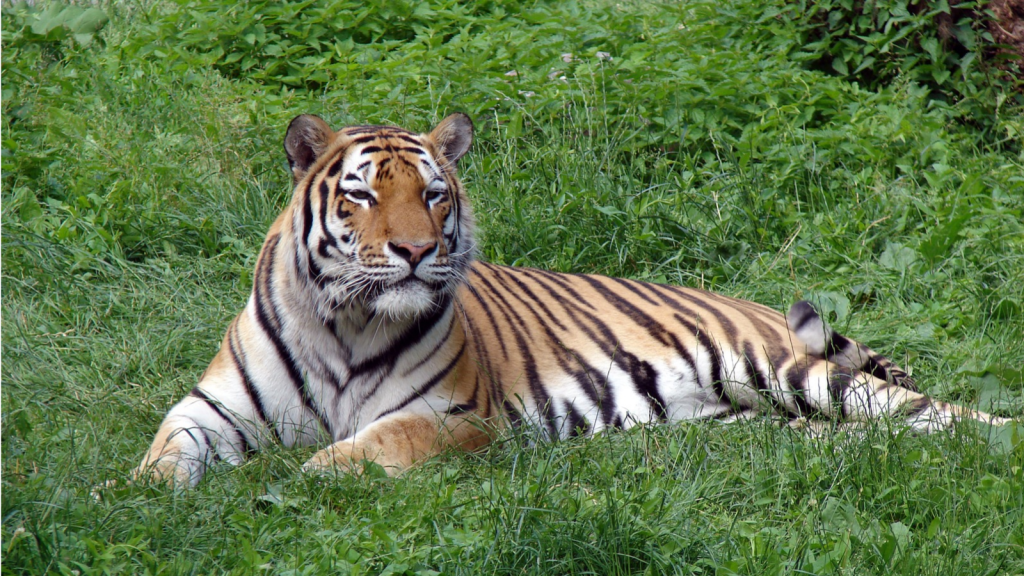
The largest of all big cats, tigers are apex predators across various Asian habitats. Their striped coats provide excellent camouflage in tall grass and forest undergrowth, allowing them to stalk prey undetected. With their immense strength and sharp claws, tigers can bring down animals several times their own size. Each tiger’s stripe pattern is unique, much like a human fingerprint, and helps researchers identify individuals in the wild.
Great White Shark
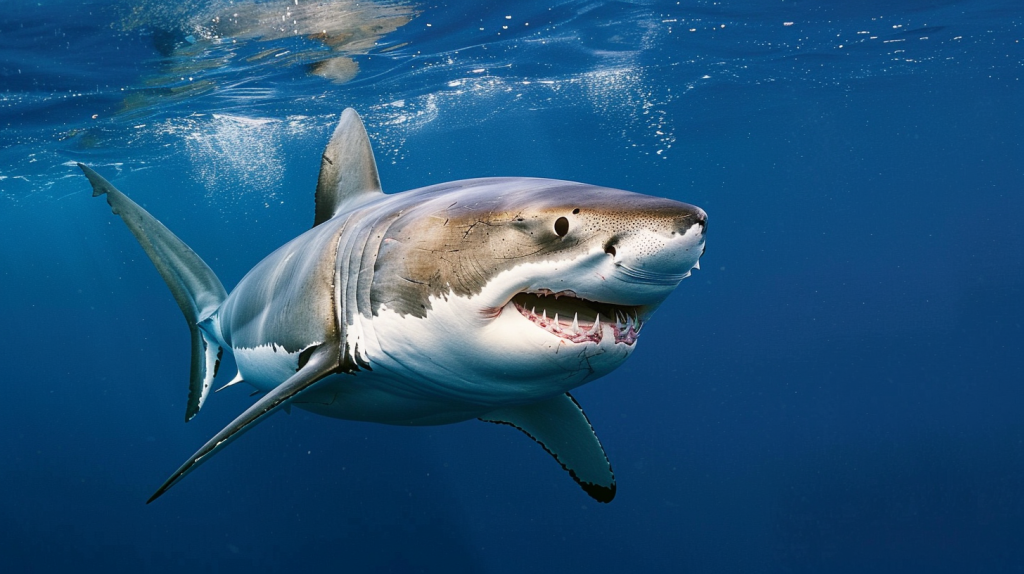
Great white sharks strike fear into the hearts of many, and for good reason. These efficient predators can detect a single drop of blood in 100 litres of water and use powerful sensory organs to locate prey. Their rows of serrated teeth and streamlined bodies make them perfectly adapted for hunting in the open ocean. Great whites can also regulate their body temperature, allowing them to hunt in both warm and cold waters, expanding their range of potential habitats.
Himalayan Snow Leopard
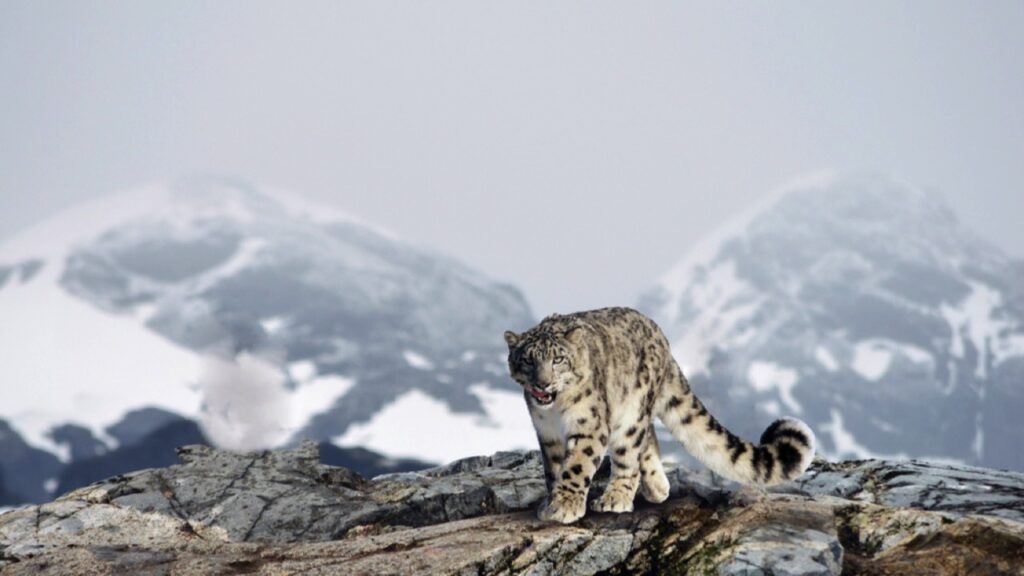
The elusive snow leopard is the undisputed master of its high-altitude domain. With its thick fur and wide paws, it’s perfectly adapted to the cold, mountainous regions it calls home. These solitary hunters are known for their incredible agility, able to leap up to 15 metres in a single bound when pursuing prey. Snow leopards have unusually long tails, which help them balance on steep, rocky terrain and provide extra warmth when wrapped around their bodies during sleep.
Komodo Dragon
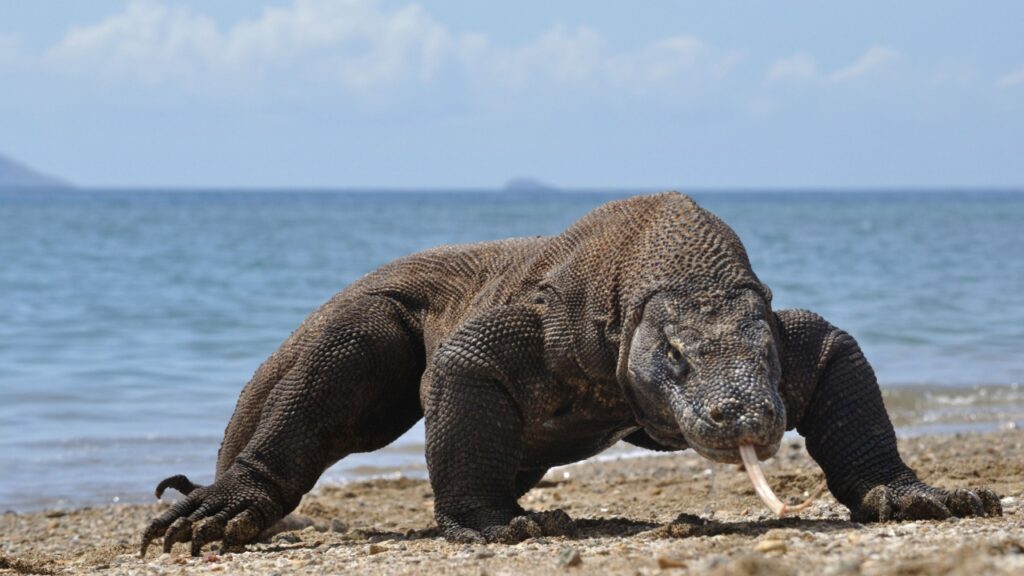
The Komodo dragon is the largest lizard in the world and the apex predator of its Indonesian island habitats. These reptiles have a venomous bite that can bring down prey as large as water buffalo. Their keen sense of smell allows them to detect carrion from up to 10 kilometres away. Komodo dragons also have an unusual ability to reproduce through parthenogenesis, allowing females to lay viable eggs without male fertilisation in extreme circumstances.
Harpy Eagle
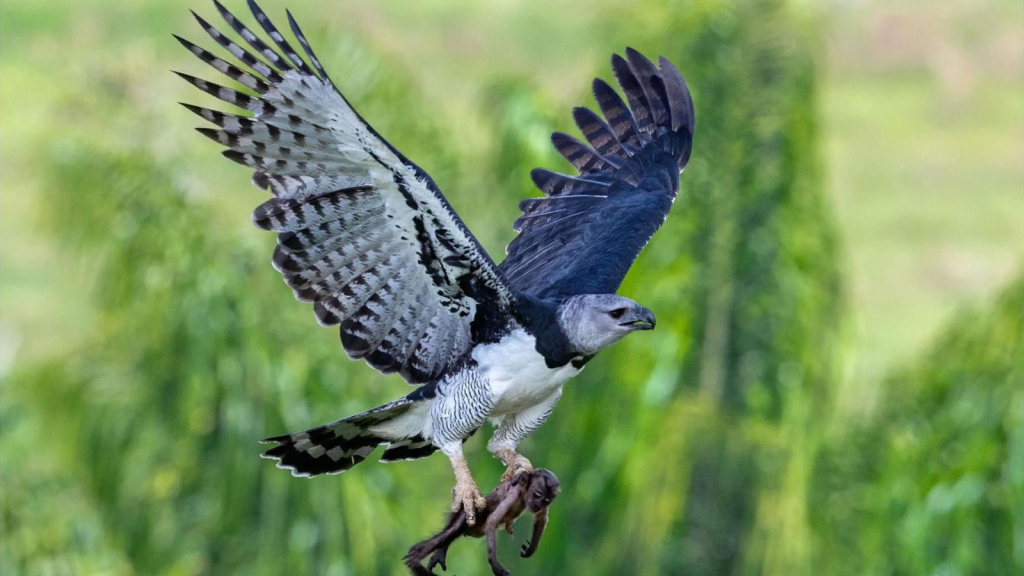
The harpy eagle is one of the most powerful birds of prey in the world. With talons the size of grizzly bear claws, these birds can snatch monkeys and sloths from the treetops of South American rainforests. Their exceptional eyesight and agility make them formidable aerial hunters. Harpy eagles have a distinctive double crest of feathers on their head, which they can raise to appear more intimidating or lower for improved aerodynamics during flight.
African Lion
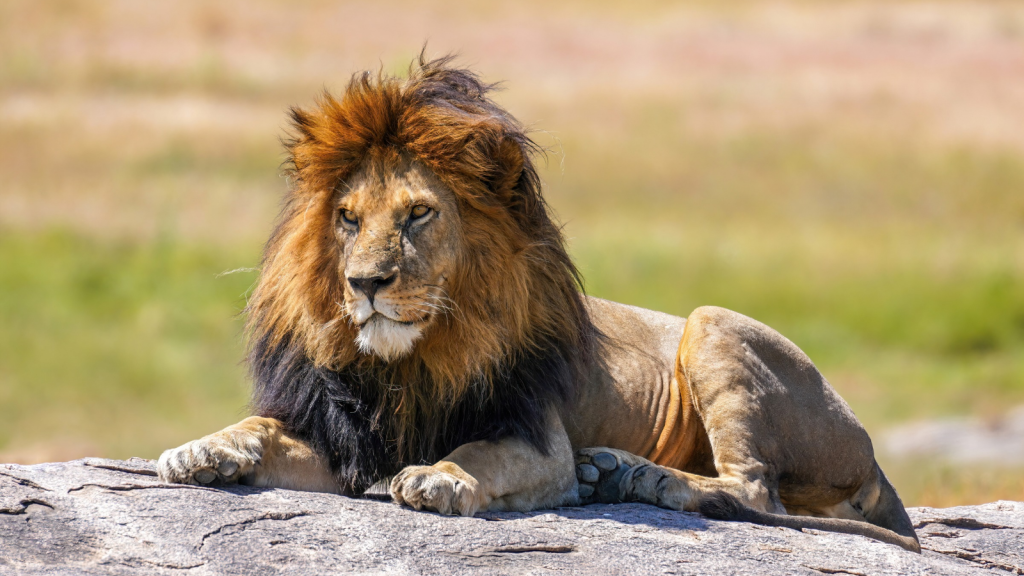
Known as the ‘King of the Jungle’, lions are actually savannah dwellers and apex predators of the African grasslands. They’re the only big cats that live in groups, called prides, which allows them to take down large prey like wildebeest and zebras. Male lions, with their iconic manes, fiercely defend their pride’s territory. Lions have excellent night vision, with eyes six times more sensitive to light than human eyes, making them efficient nocturnal hunters.
Sperm Whale
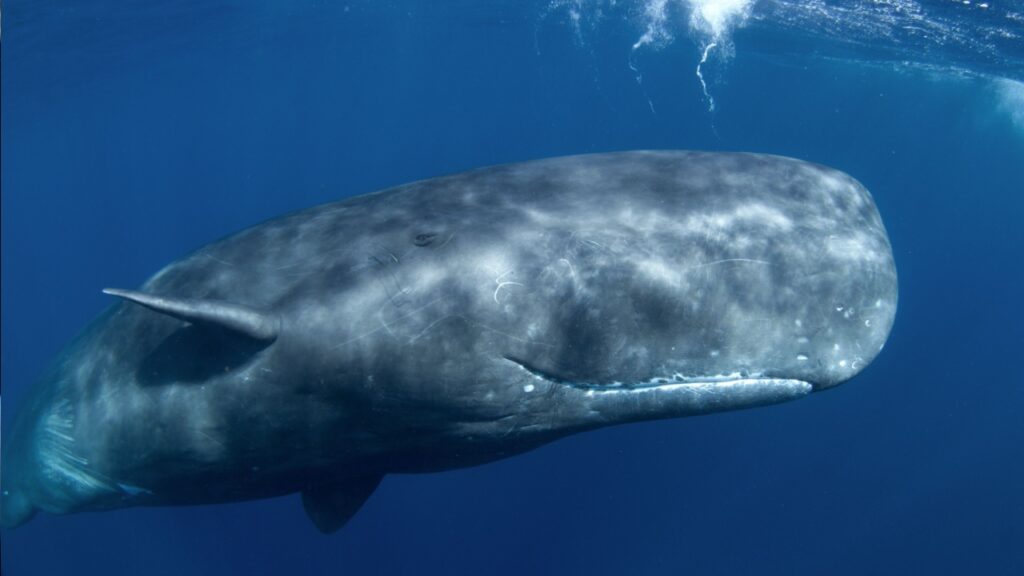
The largest toothed predator on Earth, the sperm whale, hunts in the inky blackness of the deep ocean. These massive mammals can dive to depths of over 2,000 metres in search of their favourite prey – giant squid. Their large brains and complex social structures make them one of the most intelligent creatures in the sea. Sperm whales possess the loudest biological sound of any animal, using powerful clicks for echolocation and communication that can be heard for miles underwater.
Grizzly Bear
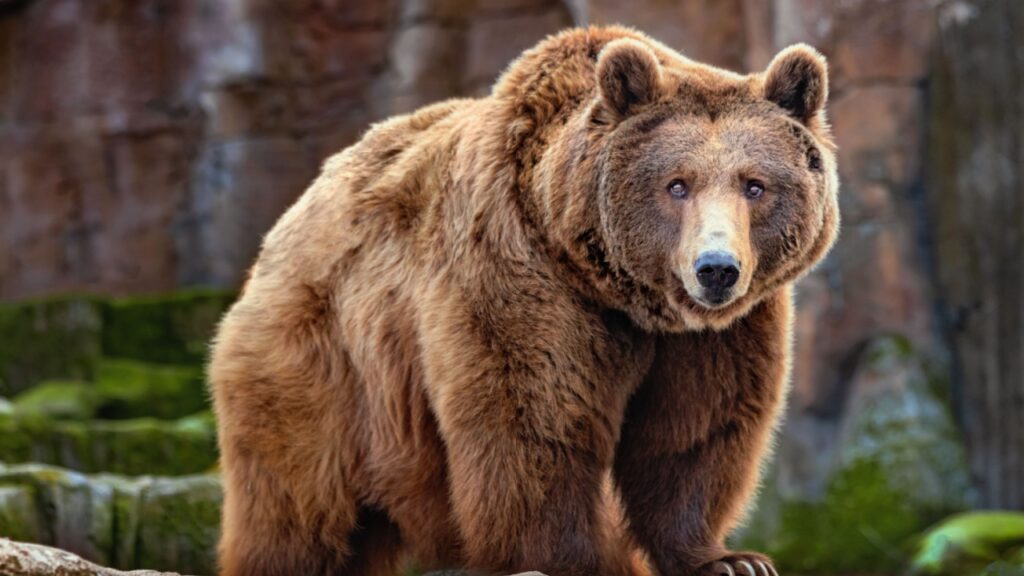
Grizzly bears are the apex predators of North American forests and mountains. These omnivores have an incredibly varied diet, from berries and nuts to salmon and elk. Their powerful bodies and long claws make them excellent diggers, able to excavate dens and unearth food with ease. Grizzlies can also run at speeds of up to 35 miles per hour despite their bulky appearance, making them formidable hunters of fast-moving prey.
Golden Eagle
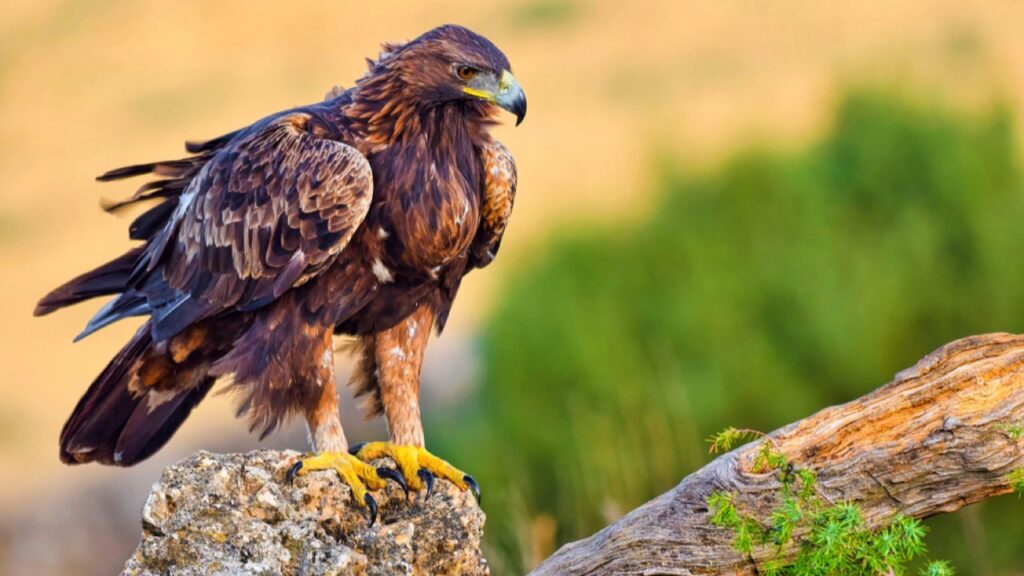
Golden eagles are among the most impressive aerial predators in the Northern Hemisphere. With a wingspan of up to 2.3 metres, these birds can spot prey from great distances and dive at speeds of up to 240 kilometres per hour. They’re known to take down animals as large as young deer and goats. Golden eagles have excellent binocular vision, with eyes that are almost as large as a human’s, allowing them to see their prey from over 3 kilometres away.
Nile Crocodile
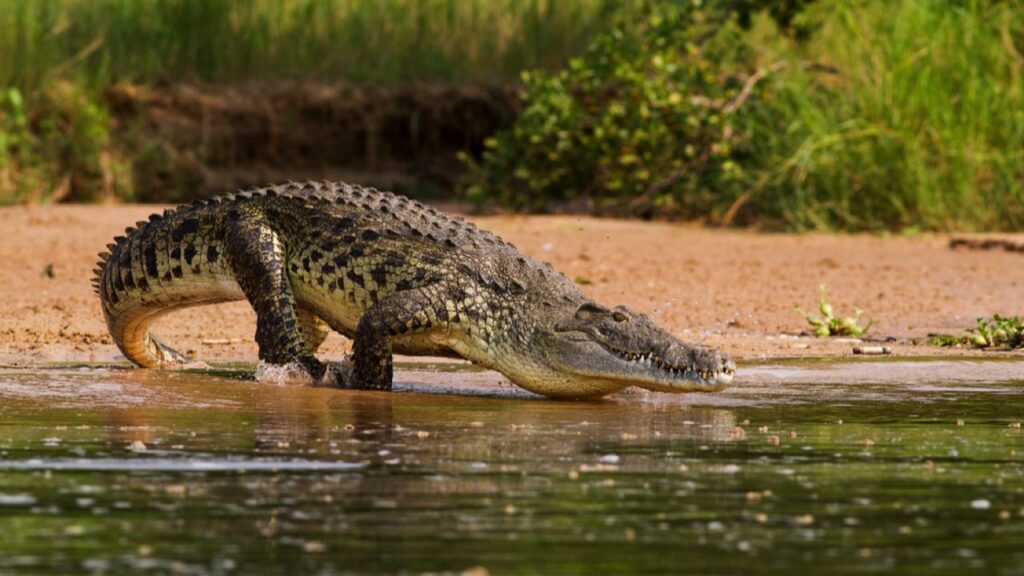
The Nile crocodile is one of Africa’s most feared predators, ruling both rivers and lakeshores across the continent. These massive reptiles can grow up to 6 metres in length and are known for their aggressive nature. They have incredibly powerful jaws filled with conical teeth, perfect for gripping and dragging prey into the water. Nile crocodiles are opportunistic hunters, capable of taking down animals as large as wildebeest and even small hippos.
Wolf
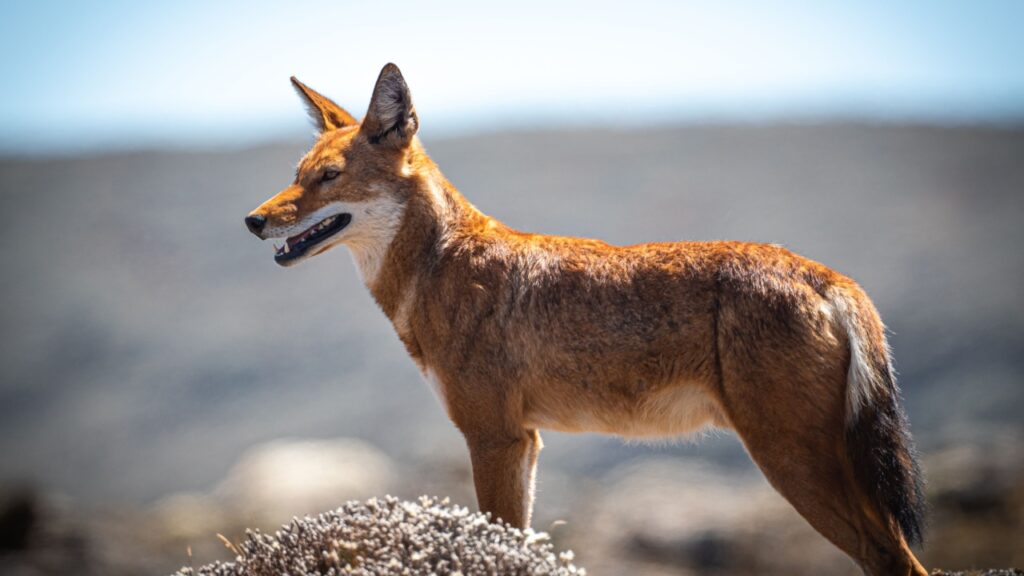
Wolves are the top predators in many northern forests and tundra regions. These highly social animals hunt in packs, allowing them to bring down prey much larger than themselves, such as elk and moose. Their intelligence and adaptability have helped them survive in a wide range of habitats. Wolves play a crucial role in maintaining ecosystem health by controlling prey populations and influencing the behaviour of other species in their habitat.
Leopard Seal
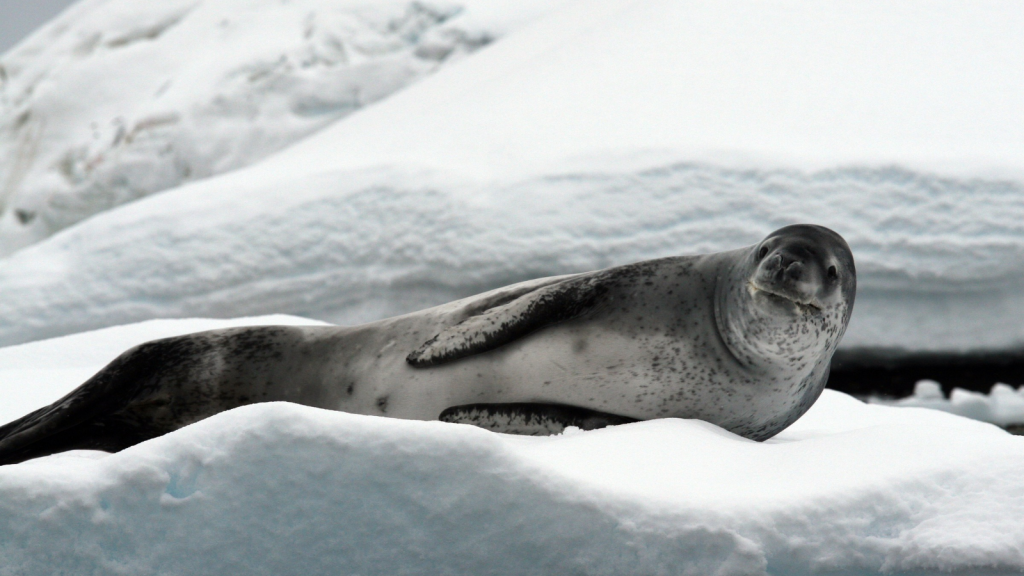
In the frigid waters around Antarctica, the leopard seal reigns supreme. These agile swimmers have powerful jaws lined with sharp teeth, perfect for catching penguins and other seals. They’re also known to hunt fish and squid, making them versatile predators in the Southern Ocean. Leopard seals have unique, lobed teeth that act like sieves, allowing them to filter krill from the water – a testament to their adaptability as predators.
Becky is a fervent wildlife enthusiast and pet care expert with a diploma in canine nutrition. Her love for animals stretches beyond the domestic, embracing the wild tapestry of global fauna. With over a decade of experience in animal welfare, Becky lends her expertise to OutlandishOwl through insightful articles, captivating wildlife information, and invaluable guidance on pet nutrition. Her work embodies a deep commitment to understanding the intricate lives of animals and a passion for educating others on sustaining natural habitats. Becky's hands-on conservation efforts and her knack for translating complex dietary science into practical pet feeding tips make her an indispensable voice for creatures great and small.




